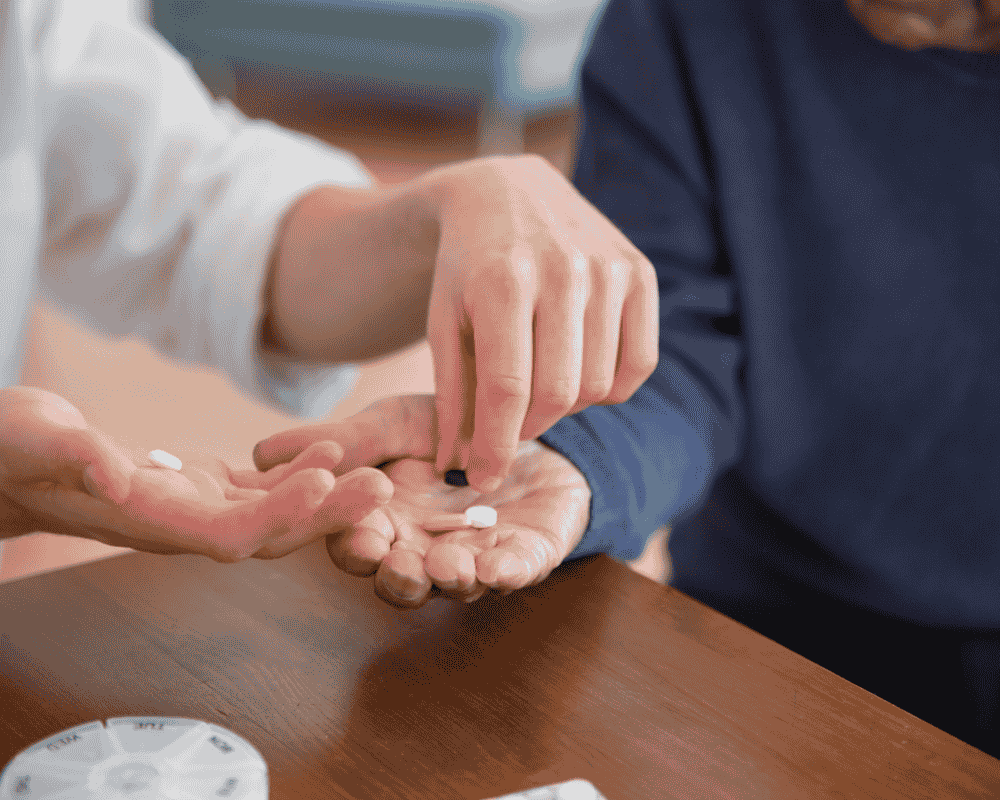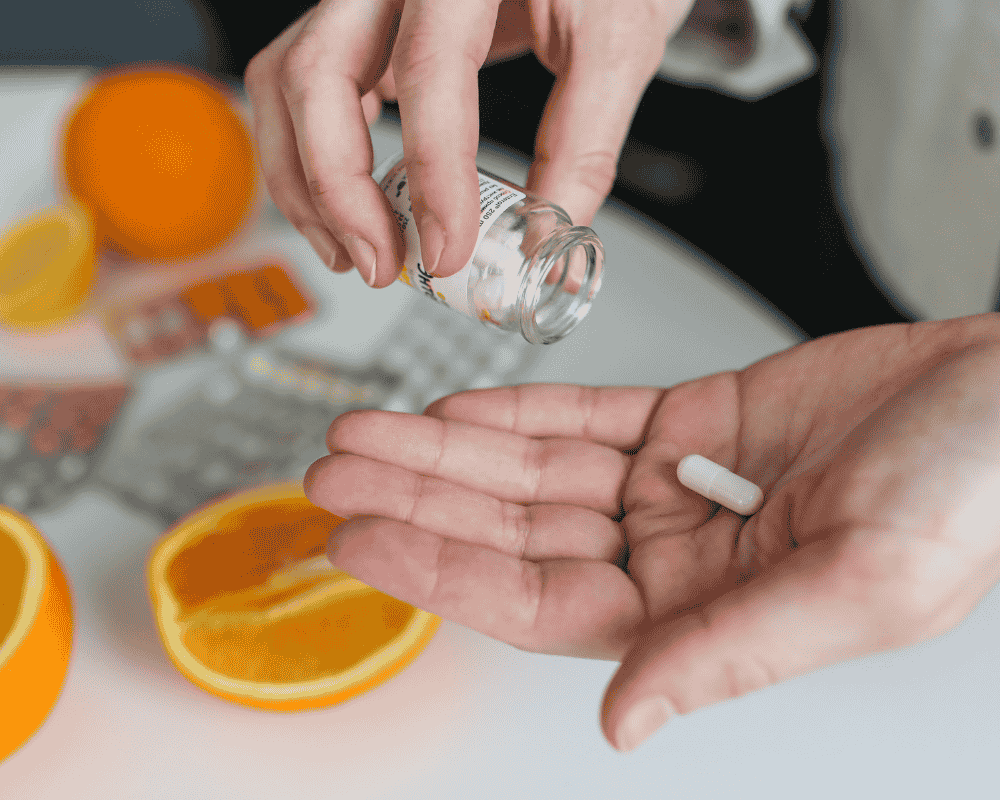Does Tadalafil Lower Blood Pressure? What You Need to Know

Strong 8k brings an ultra-HD IPTV experience to your living room and your pocket.
Tadalafil—widely known by the brand name Cialis—is a popular treatment for erectile dysfunction (ED) and benign prostatic hyperplasia (BPH). Beyond its sexual-health benefits, you might have heard that Tadalafil lowers blood pressure. If you’re wondering does Cialis lower blood pressure, you’re not alone. In this comprehensive guide, we’ll explain exactly how Tadalafil interacts with your circulatory system, what degree of blood-pressure reduction to expect, who should be cautious, and practical tips for safe use—all in straightforward, easy-to-understand language.
1. How Tadalafil Works
Tadalafil belongs to the class of phosphodiesterase type 5 (PDE5) inhibitors. When you’re sexually stimulated, your body releases nitric oxide in the penis, which boosts levels of cyclic guanosine monophosphate (cGMP). This chemical relaxes smooth muscle, widening blood vessels to allow an erection. PDE5 normally breaks down cGMP, but Tadalafil blocks that enzyme, letting cGMP accumulate and maintain blood-vessel relaxation.
Because PDE5 is present throughout the body—in the lungs, prostate, and vascular system—Tadalafil’s vasodilatory effect extends beyond the penis, causing a mild drop in systemic blood pressure.
2. Measuring the Blood-Pressure Drop
Clinical studies show that a single oral dose of Tadalafil 10 mg or 20 mg can lower systolic blood pressure (SBP) by about 5–10 mm Hg and diastolic blood pressure (DBP) by 3–5 mm Hg at peak effect. That peak generally occurs 2–4 hours after taking the pill. Because Tadalafil has a long half-life (about 17.5 hours), its blood-pressure-lowering action can last up to 36 hours, though the greatest drop is within the first 6–12 hours.
Key takeaway: Tadalafil does lower blood pressure, but the reduction is typically mild and well tolerated by most healthy men.
3. Clinical Uses of Tadalafil’s Blood-Pressure Effects
A. Erectile Dysfunction (ED)
In men without baseline hypotension, the modest BP reduction from Tadalafil rarely causes symptoms. Instead, the improved circulation supports stronger, longer-lasting erections.
B. Benign Prostatic Hyperplasia (BPH)
By relaxing smooth muscle in the prostate and bladder neck, low-dose daily Tadalafil (2.5–5 mg) eases urinary symptoms while still producing a slight generalized vasodilatory effect.
C. Pulmonary Arterial Hypertension (PAH)
Under the brand name Adcirca, Tadalafil 40 mg daily is FDA-approved to treat PAH—high blood pressure in lung arteries. Here, its ability to lower pulmonary vascular resistance is the primary therapeutic goal.
4. Who Should Be Cautious?
Because Tadalafil and nitrates both dilate blood vessels, combining them can cause a dangerous drop in blood pressure—leading to fainting, stroke, or even heart attack. If you take nitrates for chest pain (angina), never use Tadalafil. Similarly, use caution if you:
- Are on multiple antihypertensive drugs (beta-blockers, alpha-blockers, ACE inhibitors)
- Have uncontrolled low blood pressure (SBP
- Are over age 65 with other cardiovascular risk factors
- Have severe liver or kidney impairment, which can prolong Tadalafil’s half-life
Always disclose your full medication list to your doctor to avoid harmful Tadalafil drug interactions.
5. Side Effects Related to Low Blood Pressure
While most men tolerate Tadalafil’s mild hypotensive effect, you may notice:
- Dizziness or lightheadedness, especially when standing up quickly (orthostatic hypotension)
- Headache, flushing, or nasal congestion around peak blood levels
Tips to stay safe:
- Rise slowly from a seated or lying position.
- Stay hydrated—adequate fluid intake supports blood volume.
- Avoid excessive alcohol, which can intensify blood-pressure drops.
- Monitor your blood pressure if you have hypertension or heart disease.
If symptoms persist or worsen, consult your healthcare provider about adjusting your Tadalafil dosage or switching to a daily low-dose regimen (2.5 mg).
6. Tadalafil vs. Other ED Medications
- Sildenafil (Viagra) and vardenafil (Levitra) have a shorter half-life (4–6 hours) but similar BP-lowering effects (≈5–8 mm Hg systolic).
- Avanafil (Stendra) acts faster (15–30 minutes) and has a slightly milder hypotensive profile.
- Tadalafil’s unique advantage is its long-lasting coverage—up to 36 hours—which can benefit men seeking a longer window of spontaneity, but may prolong mild blood-pressure reduction compared to shorter-acting alternatives.
7. Special Considerations for Daily Low-Dose Use
Some men prefer daily Tadalafil (2.5–5 mg) to avoid planning around sexual activity. This approach creates stable blood levels and a consistent mild vasodilatory effect:
- Pros: Steadier BP reduction, fewer peak-related side effects
- Cons: Daily commitment, slightly longer-term hypotensive exposure
Discuss with your doctor whether Cialis daily makes sense for your blood-pressure profile and lifestyle.
8. Practical Tips for Safe, Effective Use
- Start Low: If you’re sensitive to blood-pressure changes, begin with 5 mg and titrate up only if needed.
- Documentation: Keep a log of your dose time, any dizziness, and your BP readings.
- Timing With Meals: Although Tadalafil isn’t heavily affected by food, avoid very fatty meals that delay absorption and prolong peak hypotension.
- Avoid Nitrates: Never combine with nitrate-based chest-pain remedies or recreational nitrites.
- Consult Before Combining: If you take other vasodilators (alpha-blockers, some antihypertensives), talk to your doctor about proper spacing and dose adjustments.
9. Key Takeaways
Yes, Tadalafil lowers blood pressure, but the effect is generally mild (≈5–10 mm Hg systolic) and transient.
Peak effect occurs 2–4 hours after dosing; duration extends to 36 hours.
Never combine with nitrates or unmonitored antihypertensives without medical supervision.
Daily low-dose use offers steady coverage and fewer peaks, while on-demand dosing is ideal for occasional intimacy.
Safe use involves starting at the lowest effective dose, monitoring your response, staying hydrated, and avoiding rapid posture changes.
Conclusion
Understanding how Tadalafil affects blood pressure empowers you to use it safely and confidently. Whether you’re managing ED, BPH, or exploring off-label benefits, the key is to balance efficacy with cardiovascular health. By following dosing guidelines, monitoring your blood pressure, and communicating openly with your healthcare provider, you’ll enjoy the benefits of Tadalafil’s vasodilatory action without undue risk. Always prioritize safety, and remember that Tadalafil’s mild BP-lowering effect can be an asset when managed correctly.
Note: IndiBlogHub features both user-submitted and editorial content. We do not verify third-party contributions. Read our Disclaimer and Privacy Policyfor details.







